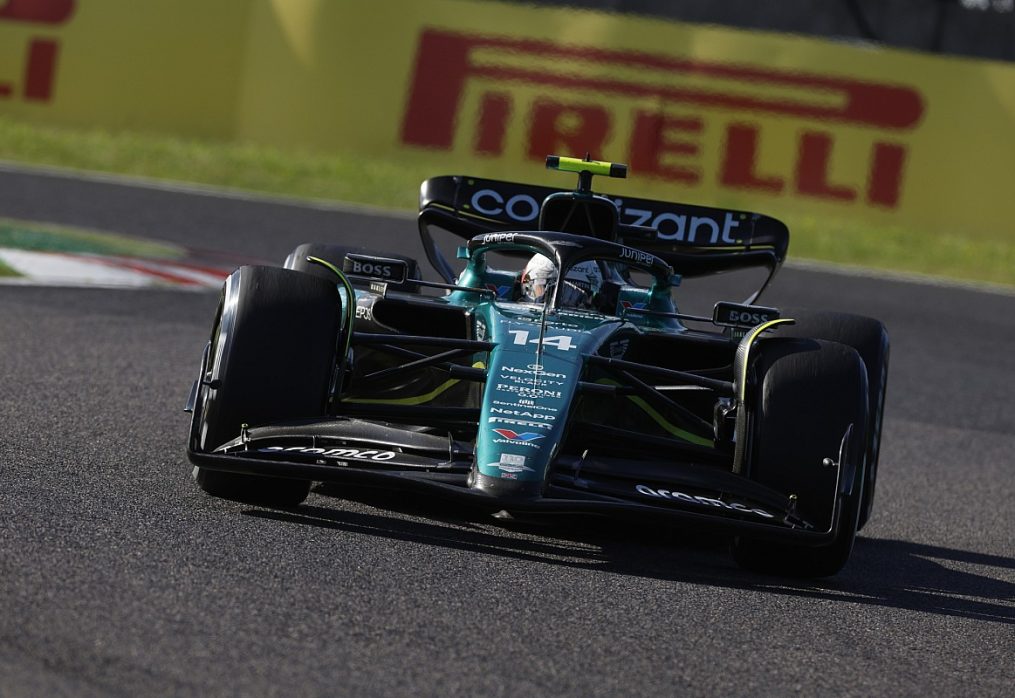Aston Martin: 2026 gearbox “a golden opportunity” for F1 to cut costs
After using customer units from McLaren and latterly Mercedes since its early Force India days in 2009, the Silverstone outfit is currently ramping its own transmission department ahead of 2026, when its new relationship with Honda obliges the team to create a bespoke gearbox.
Inevitably, that push has focused Aston’s attention on the costs associated with designing and producing gearboxes, and the team is convinced that common parts would be an easy way for all competitors to save money.
A move to have standard gearbox cassettes for the current regulations was touted by the FIA and rejected by the teams in 2019, and so far there has been limited appetite for taking a similar direction for 2026.
“We’re pushing for a standardised gearbox because it makes financial sense in a cost cap environment,” Farbatto said an interview on the team’s website.
“But we are facing stiff opposition. Realistically it’s not going to happen any time soon. It’s possible the FIA may reach something of a middle ground, with the design becoming a little more prescribed, lighter and simplified.
“I suspect we will look back in a few years and conclude that we lost a golden opportunity to reduce costs within the transmission area.
“It is something that the fans cannot see, the technology is the same between all teams and brings very little performance.
“The money saved on transmission could be repurposed towards aero development, which is currently the only way to compress the grid and improve the show.”

Lance Stroll, Luca Furbatto, Aston Martin
Photo by: Zak Mauger / Motorsport Images
Furbatto said that Aston’s transmission department is already being ramped up, in conjunction with third party suppliers.
“The last time this team made its own gearbox was 2008 and things have moved on a bit since then!,” he said.
“We are recruiting and building our competencies in this area – and we’ve already brought in a number of very talented designers.
“The group working on this project is still very much growing, but the work being done with a mix of internal resources and external contractors is moving forward quickly.
“2026 might seem like a long way in the future, but in engineering terms, it’s really just around the corner.”
Regarding the team’s new campus, he said: “As the regulations currently stand, teams will have to develop a car that is very aero efficient to compensate for the new power unit.
“It’s a challenge, but every team is in the same situation. It’s up to us to do a better job than the others.
“It’s a big part of everything we hope to achieve. When I joined the team the new campus didn’t even exist, so I’ve been able to have an input into shaping our future facilities. I recall when we were looking at the layout of the R&D testing areas and various rigs.
“We spent a lot of our time looking at the building layout, the equipment specifications in great detail, and even the type of foundations. The first phase of the new campus is complete and it’s an incredible place to work and there is more to come.
“I believe we’ll start to see the full potential of the new campus by the beginning of 2025.
“We’ll have our new gearbox dynos fully operational, and the new wind tunnel will be ready in the second half of next year. All in all, it’ll be a game-changer.”
